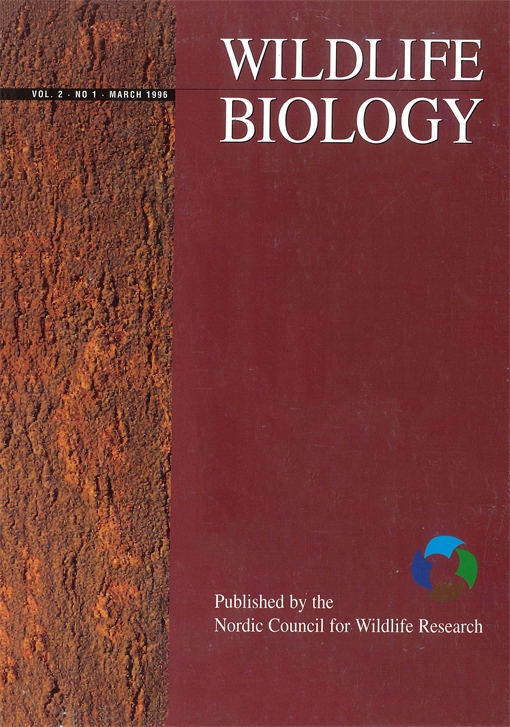Introduced mammals and birds have had a high rate of success in the Nordic countries. Out of 18 species new to the area, 14 (78%) have established a population in at least one country. American mink Mustela vison, raccoon dog Nyctereutes procyonoides, muskrat Ondatra zibethicus, white-tailed deer Odocoileus virginianus, Canada goose Branta canadensis and pheasant Phasianus colchicus have been the most successful exotics. Ecological effects caused by the newcomers include: displacement of European mink Mustela lutreola and beaver Castor fiber by American counterparts, changes in aquatic vegetation patterns caused by muskrat grazing, and locally heavy predation pressure on colonial waterbirds by the American mink. From now on, introductions of new species should be avoided, at least until proven harmless.
How to translate text using browser tools
1 September 1996
Wildlife introductions to mammal-deficient areas: the Nordic countries
Petri Nummi





